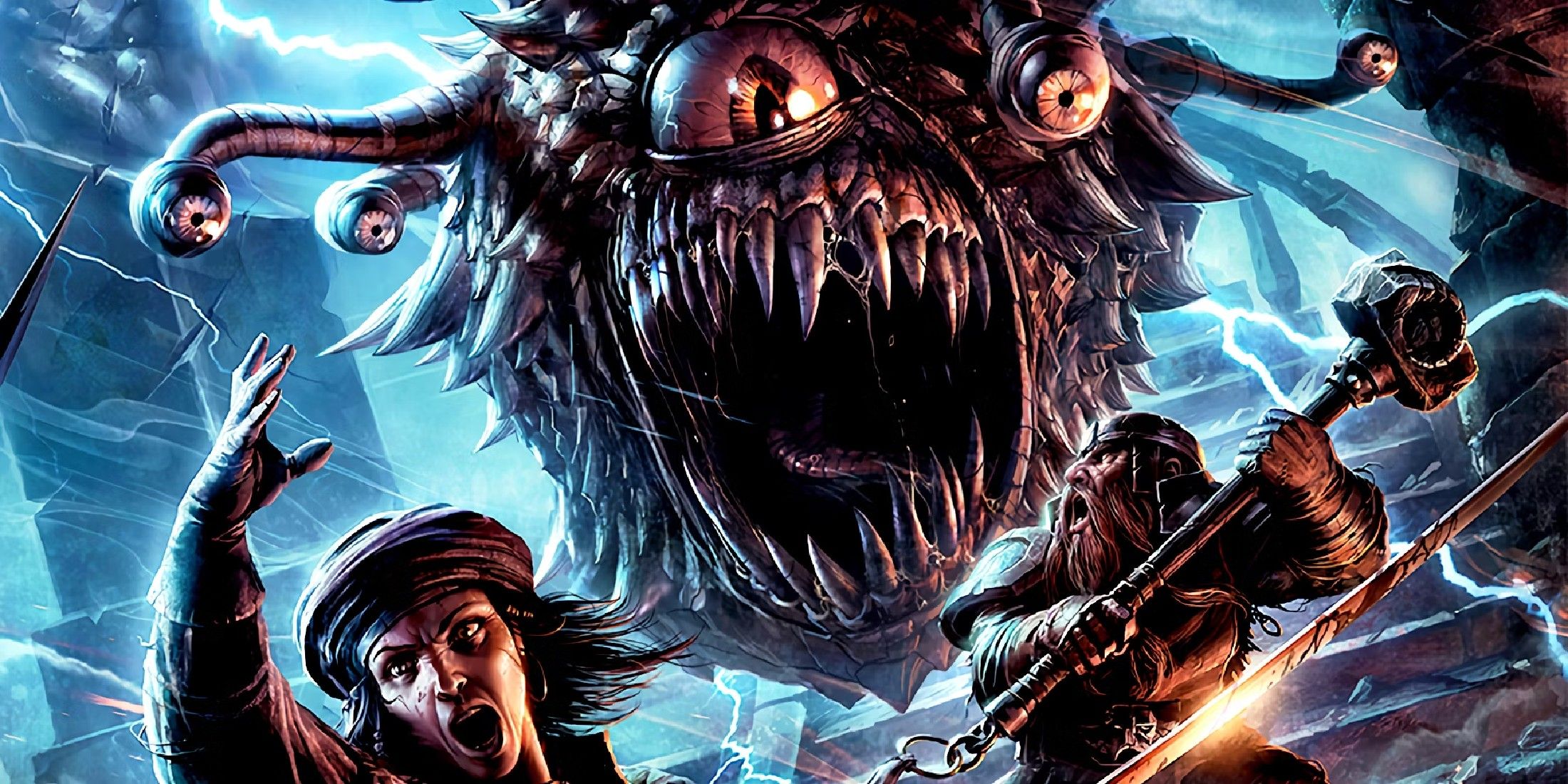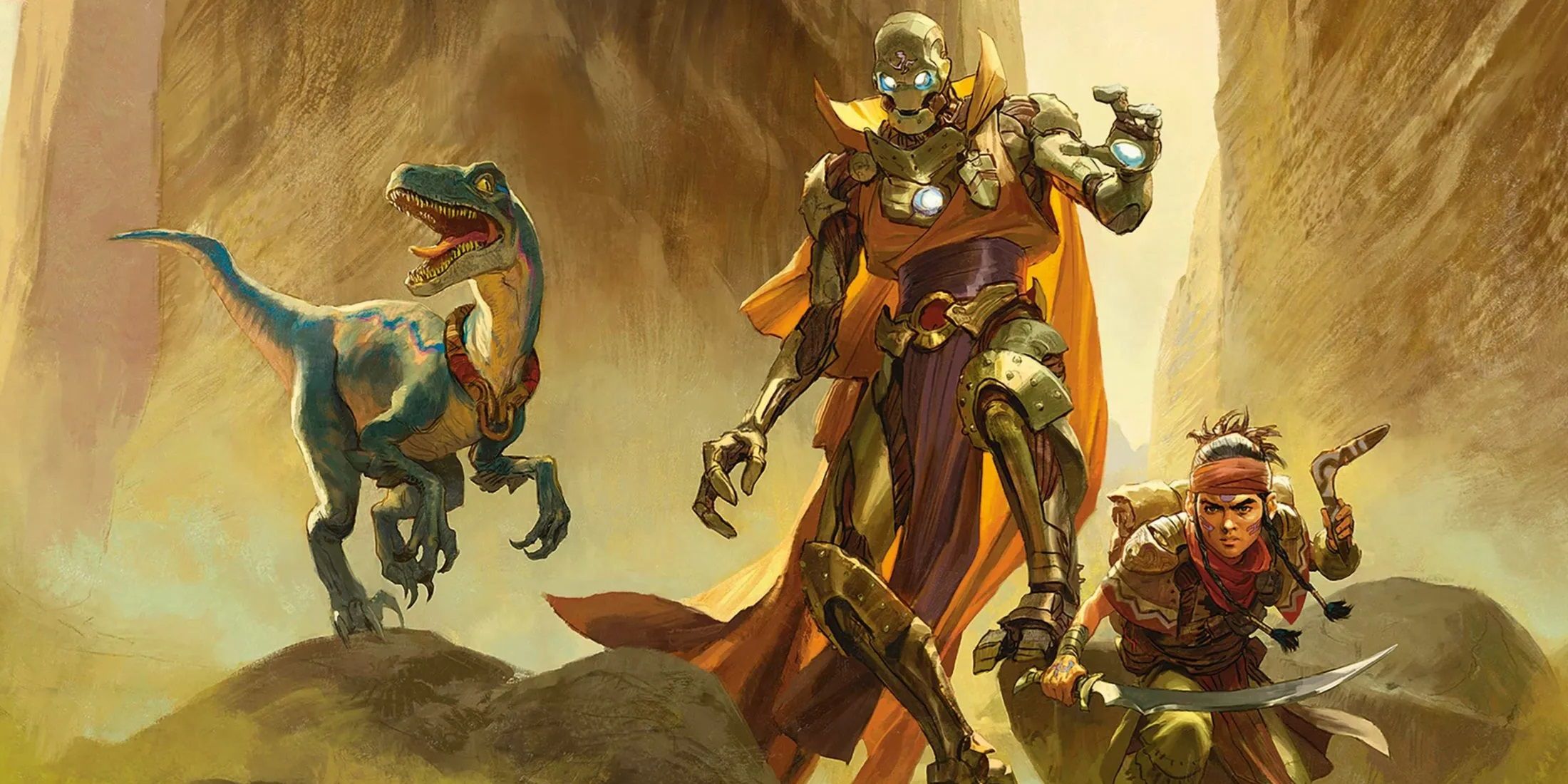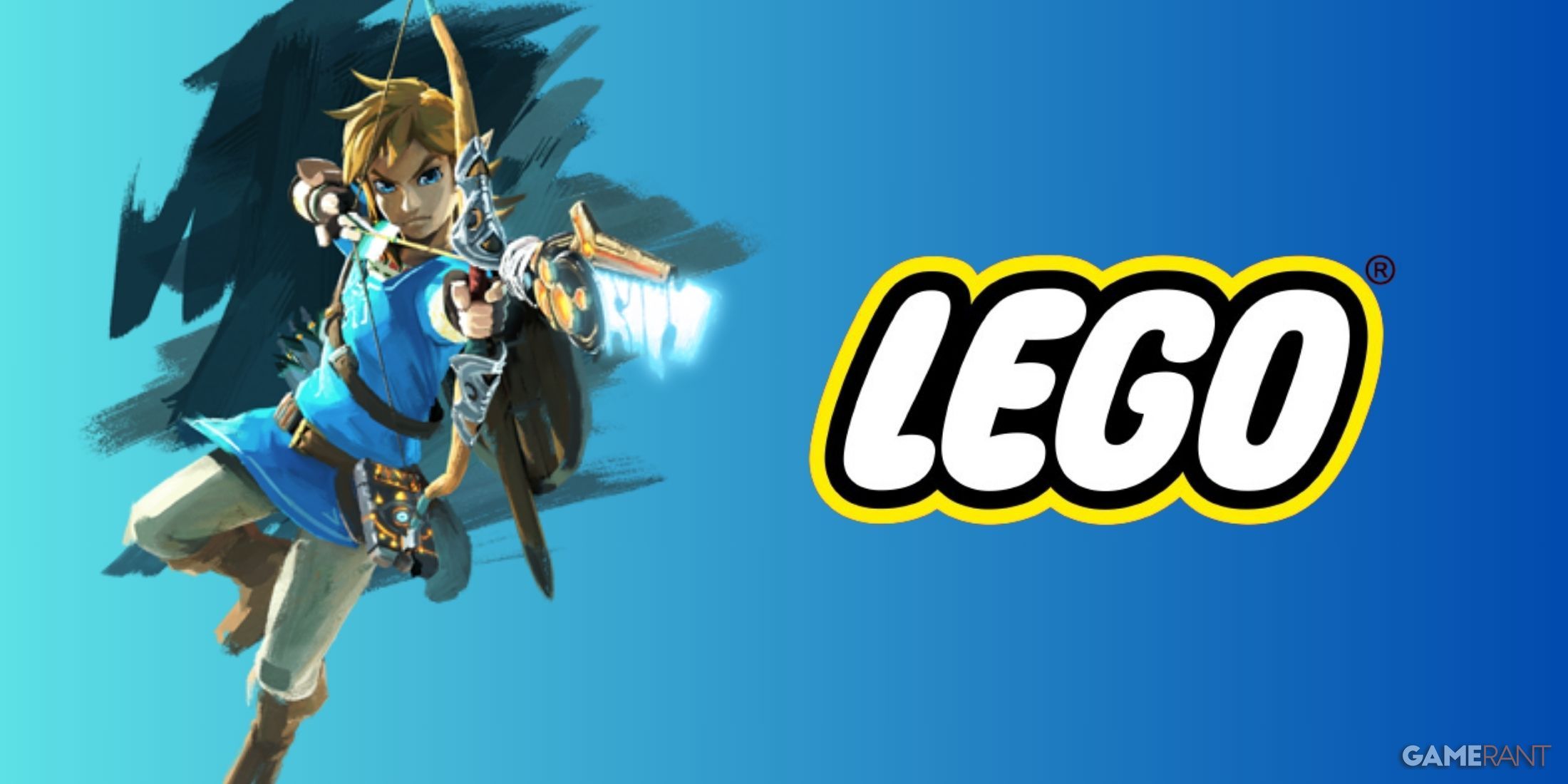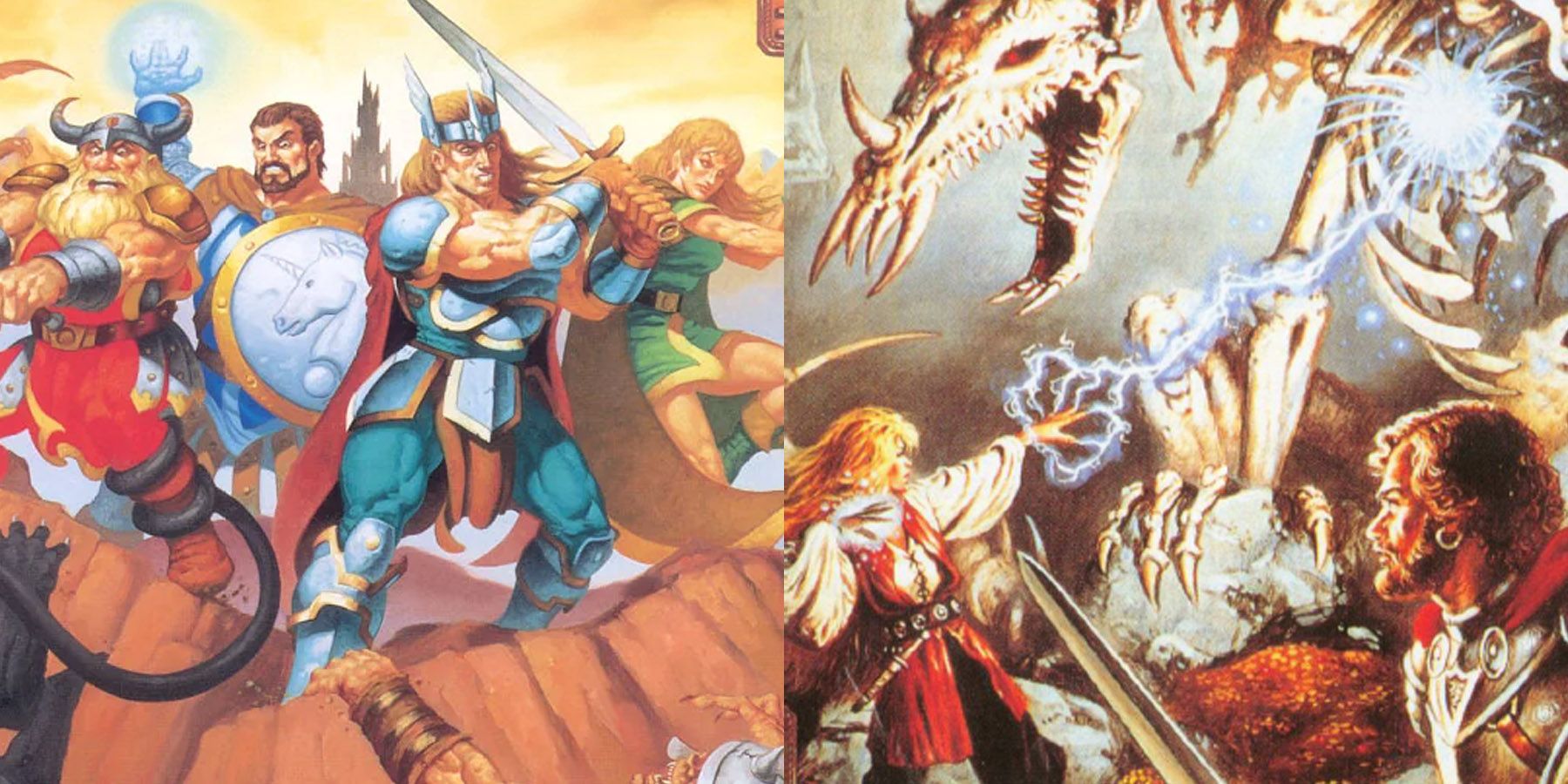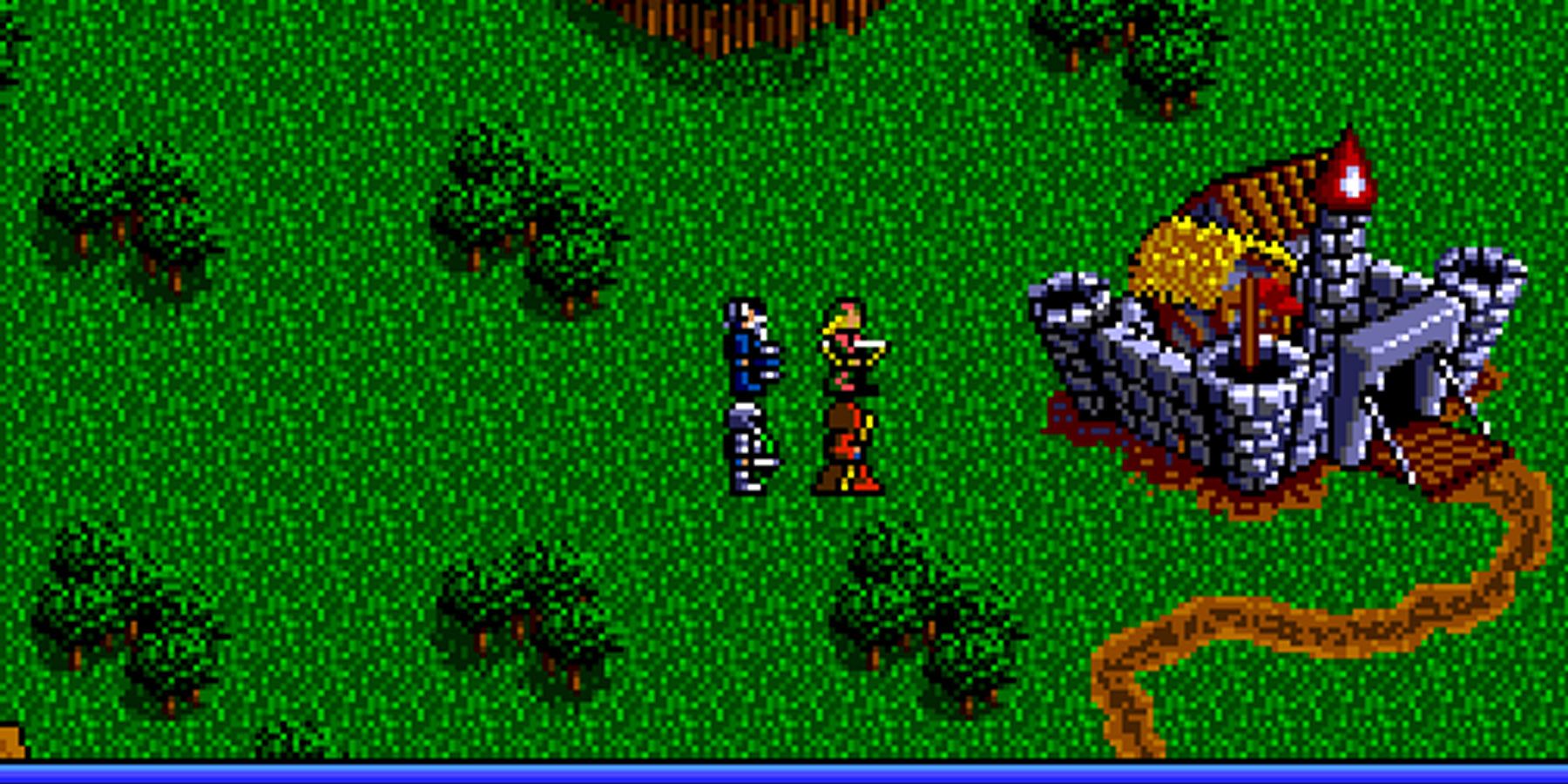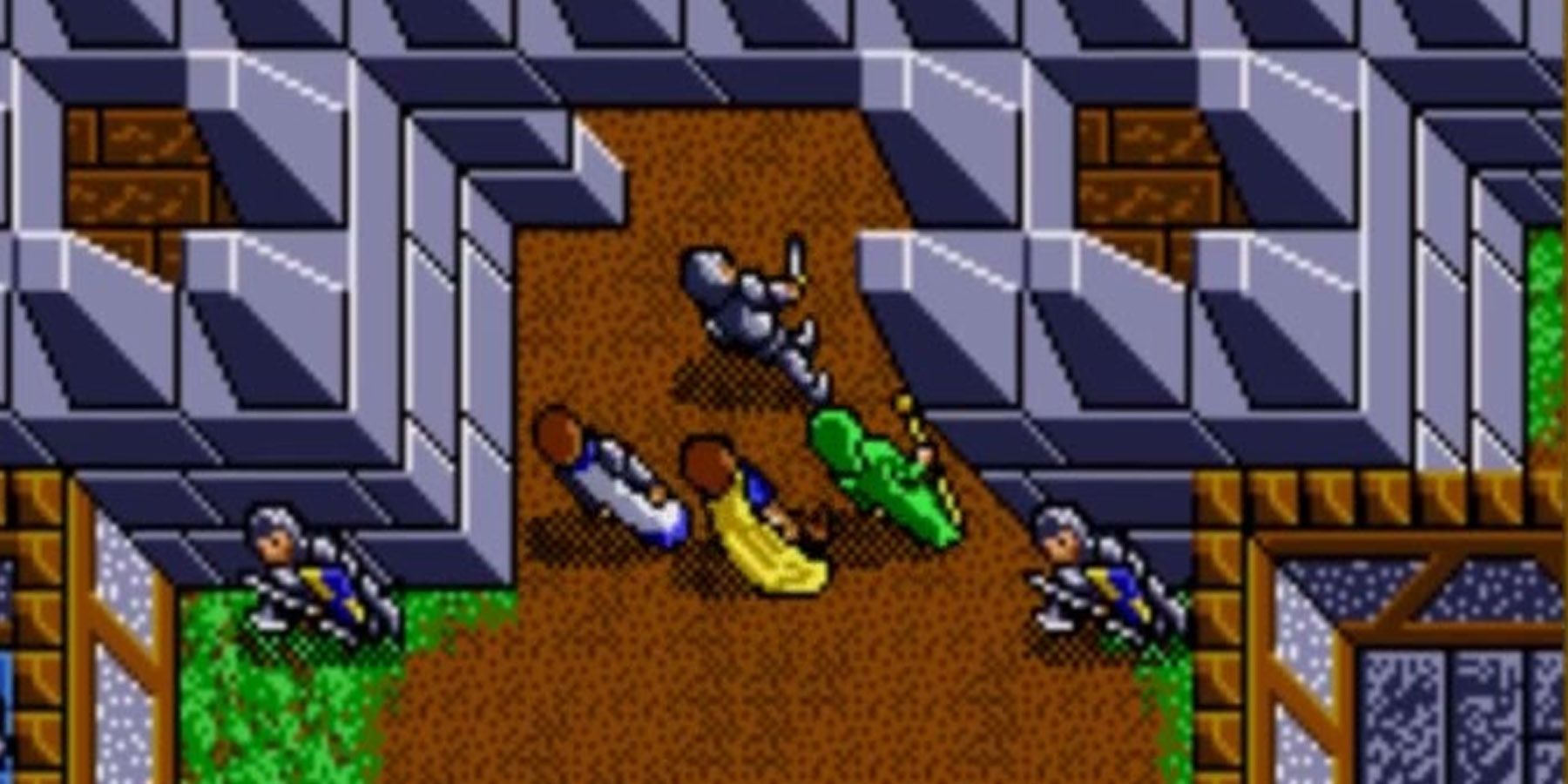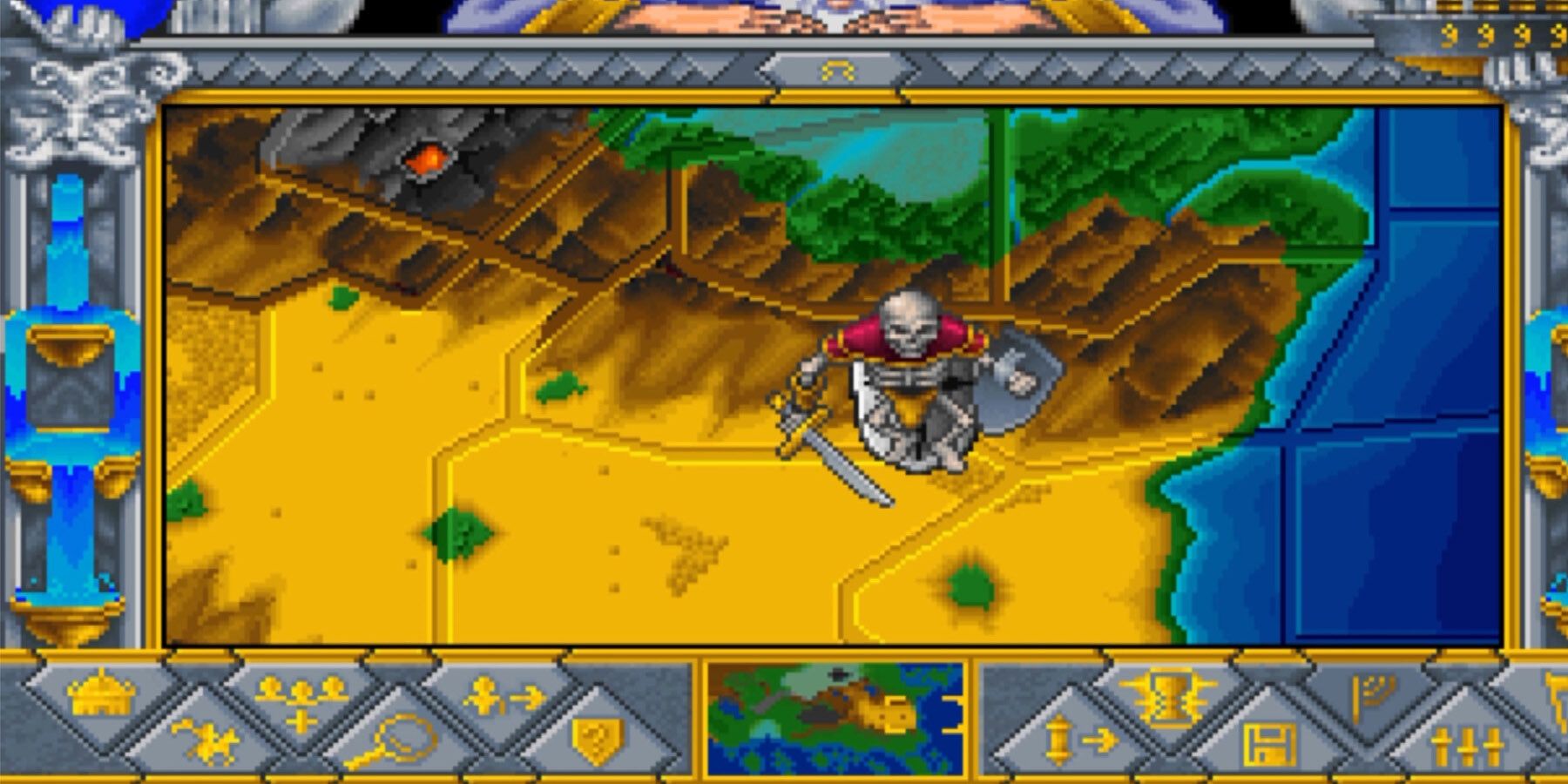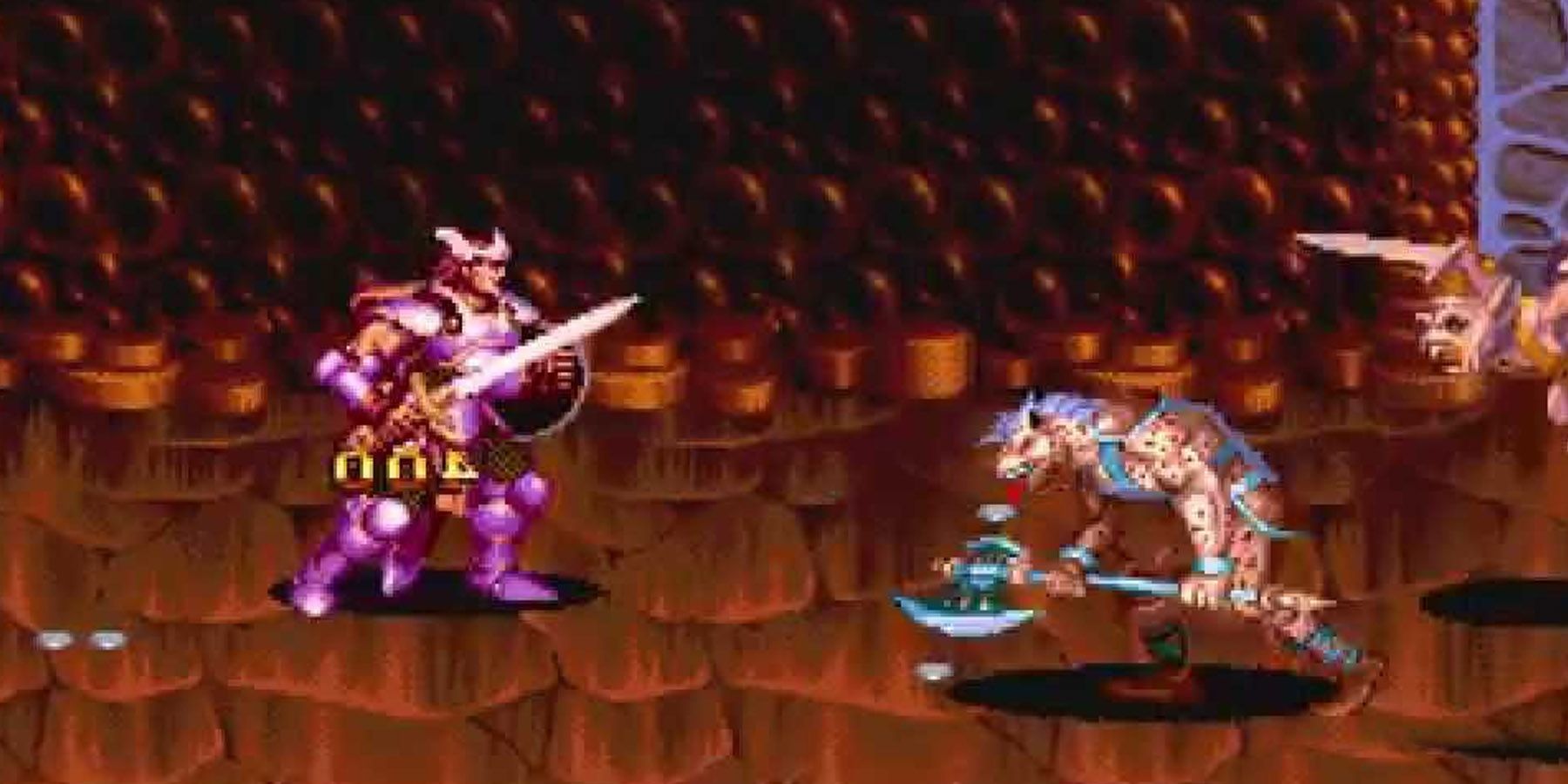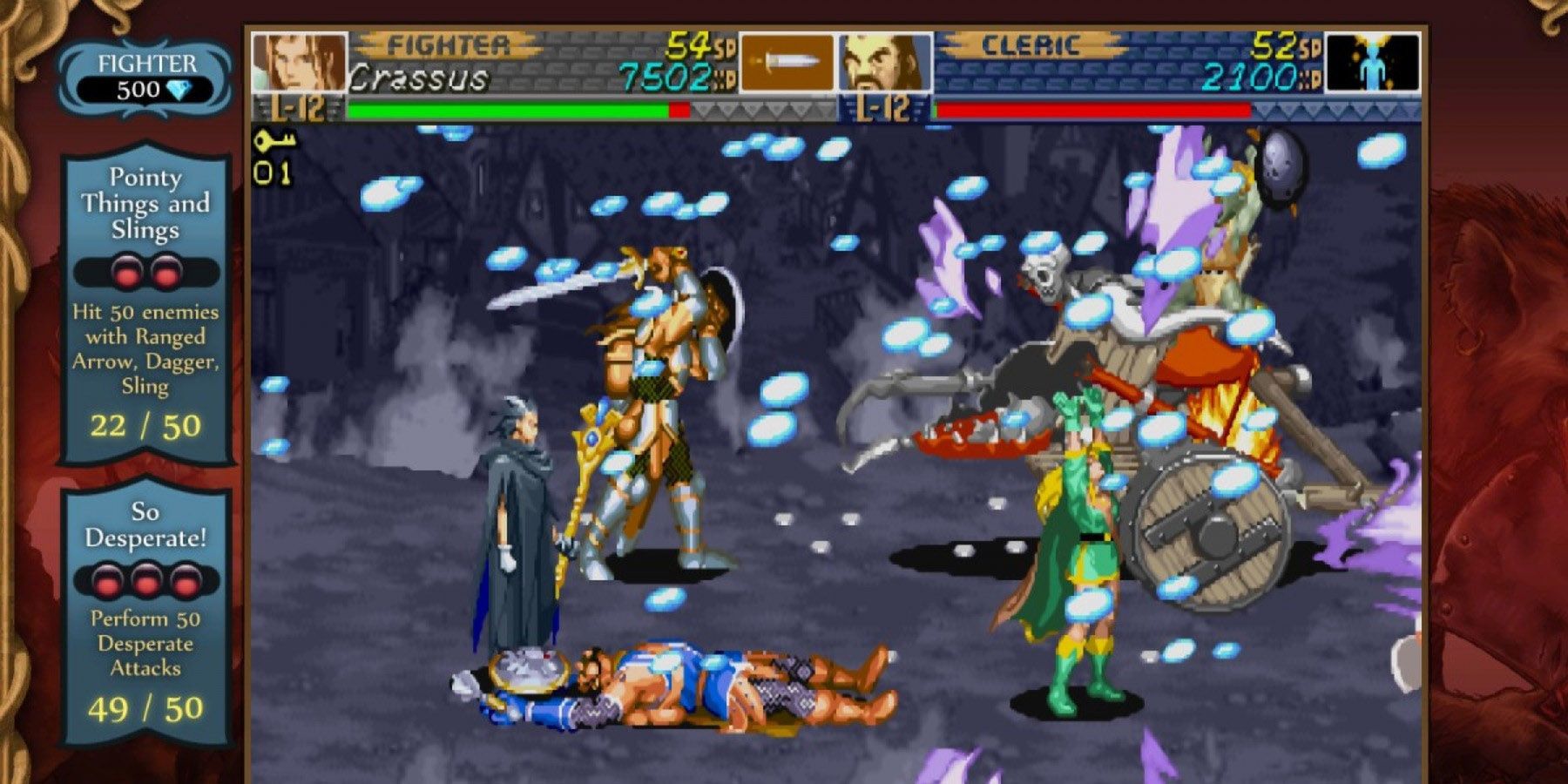Serving as the “default” setting of the first few versions of Dungeons & Dragons, the campaign setting of Mystara gave players a “Known World.” This setting was a shared universe for adventure modules while also featuring nations based on historical cultures. Similar to the “default” setting of Nentir Vale for D&D 4th Edition, early D&D’s Mystara became an alternate setting at a time when Greyhawk was reserved for Advanced D&D.
With the rise of gaming, it’s no surprise that Mystara became the setting of some of the earliest Dungeons & Dragons games in the market. However, with only 5 video games under its belt, it pales compared to 50+ more popular Forgotten Realms of modern times. Regardless, certain Mystara-set games are worth a shot for players who want to look into D&D games outside familiar settings.
5 Dungeons & Dragons: Order Of The Griffon (1992)
- Platforms: TurboGrafx-16
The earliest game set in the Mystara campaign setting came in the form of Dungeons & Dragons: Order of the Griffon. This 1992 game tasked the player with exploring Mystara’s nation of Karameikos, while hunting the source of evil creatures roaming the lands. As with other D&D games under the “Gold Box” banner, Order of the Griffon takes the form of a traditional dungeon crawler during exploration before transitioning to turn-based tactics during combat. Unlike other Gold Box games, however, Order of the Griffon follows Basic D&D rules instead of the usual Advanced D&D adapted by other titles.
Despite the allure of creating characters and boasting straightforward mechanics, Order of the Griffon lags behind other RPGs in terms of both visuals and depth of story. Regardless, fans of classic D&D settings may want to try this title to see the first genuine attempt at a Mystara game.
4 Dungeons & Dragons: Warriors Of The Eternal Sun (1992)
- Platforms: Sega Genesis
Despite being released in the same year as Order of the Griffon, gameplay in Dungeons & Dragons: Warriors of the Eternal Sun feels more like a traditional fantasy RPG. Characters represent a group of mercenaries defending Duke Barrik’s castle from a goblin army when a mysterious force transports them into Mystara’s Hollow World, a separate subsetting characterized by an eternal sun. Players explore this new world to find allies and perhaps a way to return home.
Gameplay takes place across three modes. Much of overworld exploration occurs in an isometric view, featuring sprites that boast more fluid movement compared to other D&D RPGs. In outside combat, the game switches to a turn-based mode akin to other RPGs. When going into caves, the game has a faster-paced dungeon crawler mode. Although the overall game experience is still a far cry from the entertainment value of RPG classics such as Final Fantasy, Warriors of the Eternal Sun offered some of the best gameplay in a D&D game in the 90s.
3 Fantasy Empires (1993)
- Platforms: MS-DOS
While earlier attempts at an RTS set in D&D, such as War of the Lance, failed due to lackluster mechanics, the improved performance of the MS-DOS gave room to a more vivid fantasy strategy experience via Fantasy Empires. Although set in Mystara, the game doesn’t offer much of a plot and instead tasks players with dominating the game world. After creating a D&D character to lead their forces, players are taken to an overworld where they can make improvements to owned provinces via buildings and prepare troops or even send armies to battle.
In a siege, players must spread their available units across a preview screen before being taken to a top-down view of combat. The game is quite innovative despite its age, featuring abilities to create heroes, make truces, and even improve units based on performance. While it's not strictly a D&D RPG, Fantasy Empires traces back to D&D’s original roots in war gaming.
2 Dungeons & Dragons: Tower Of Doom (1994)
- Platforms: Arcade, Sega Saturn
Unlike other D&D titles, Dungeons & Dragons: Tower Of Doom strayed from attempts to adapt the technical mechanics of D&D into the limited processors of the 90s. Instead, it opted for a beat ‘em up set in Mystara. In Tower of Doom, up to four players can take on the role of adventurers to protect the Republic of Darokin. The country’s defenders are a beefy but balanced Fighter, the spell-slinging slasher Elf, the shielding spellcaster Cleric, and the high-combo Dwarf.
The more detailed visuals of Tower of Doom transformed the game’s simple mechanics into an entertaining experience. Instead of stressing about cramming an in-depth narrative within the context of complex mechanics, Tower of Doom was a stress-free action experience that boasts a lot of replay value.
1 Dungeons & Dragons: Shadow Over Mystara (1996)
- Platforms: Arcade, Sega Saturn
Following the success of Tower of Doom, Capcom created an improved hack ’n slash title in the form of Dungeons & Dragons: Shadow Over Mystara. Set after the events of Tower of Doom, players travel to the Broken Lands of Glantri to defeat the sorceress Synn, who is apparently behind the attack in the Republic of Darokin. Shadow Over Mystara implements many upgrades compared to its predecessor. Characters-wise, players now have access to the mobile Thief and the glass cannon Magic-User.
The side-scrolling game allows four characters to play at a time on, top of multiple combat options. Players have an active inventory that can improve their defense (helmet, shield) and can access special features with destructible gear. Likewise, up to two players can use the same character thanks to alternate sprites. The game makes a drastic improvement to overall gameplay, now boasting special moves such as Dashing Attacks, Rising Attacks, and even Megacrush to eliminate foes. While Shadow Over Mystara isn’t a “true” D&D RPG, its anime visuals give a look into how creative D&D can get when handled uniquely.
Baldur’s Gate 3 was released in the PC and the PS5, with an upcoming Xbox Series X/S port.

